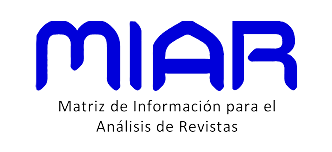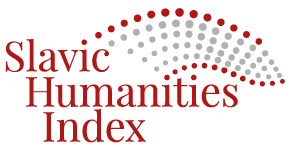Usvajanje jezika kod djece uzrasta dvije i tri godine / Language Acquisition in Children Aged Two and Three
DOI:
https://doi.org/10.46352/23036990.2022.9Keywords:
language acquisition, speech development, a-type nouns, verbsAbstract
This paper discusses language acquisition in children aged two and three. The analysis was carried out on a corpus of child language compiled during research conducted at a kindergarten in Sarajevo among children aged two and three who acquire their native language in the area of Sarajevo, Bosnia and Herzegovina. Qualitative and quantitative methods were applied in the corpus analysis. The development of child language production was measured by the Mean Length of Utterance, based on the number of words per utterance (MLUw). The distribution of parts of speech was established for both age groups. A special emphasis was placed on the ratio between the number of nouns and the number of verbs. The results have confirmed the nativist natural partitions hypothesis, according to which nouns are predominant in children’s early speech over verbs and other parts of speech. MacArthur Communicative Development Inventory (MCDI) was applied in the semantic analysis of nouns. The analysis confirmed the hypothesis that nouns denoting animate beings have a higher prevalence over nouns denoting inanimate objects at the early stages of language acquisition. In addition, the presence of complex and abstract concepts was detected, which supports the theory of the existence of an innate language acquisition device in humans. The creative aspect of child language was also analysed, along with differences between the language of children and the language of adult speakers.
Downloads
Downloads
Published
How to Cite
Issue
Section
License
Copyright (c) 2022 Journal of the Faculty of Philosophy in Sarajevo / Radovi Filozofskog fakulteta u Sarajevu, ISSN 2303-6990 on-line

This work is licensed under a Creative Commons Attribution-NonCommercial-ShareAlike 4.0 International License.













